The art show My Heart Sits on My Tongue by Liliana Basarab opened at Sandwich Gallery in Bucharest brings together artworks made for this project alongside earlier artworks, which revisit some of themes the artist has been working with previously. One of these earlier works is And God was Elsewhere, from 2019, and it is the only work with an individual title and, at the same time, the key for decoding the entire exhibition: a series of ceramic life-size apple cores which invoke both a natural state of the Edenic gardens and a very human relationship with its fruit: natural and therefore excessive.
The installations, which stand as both individual pieces and also as parts of the ensemble, are made from glazed ceramic, medium the artist has been experimenting with for over a decade. The insertions of natural elements in the exhibition, by hiding ceramic pieces in apparently decorative potted plants is coherent with how the artist experiments with the material and formal qualities of the ceramic – a medium inevitably linked to the decorative, but mostly with the way the project recalls a natural state, a pre-edenic biology that is subtly unsettling, a pre-religious animism that is at the same time unexpected and highly familiar.
In-between referencing vegetal, biological and textile elements – fiber, print, woven fabric – the ceramic of Liliana Basarab is a modeled earth, a material defined mainly by being highly reactive as it becomes support and materialization, trace and proof of the artistic spontaneous intervention, gesture and intention. Working with one’s hands, the immediate and intimate relationship with the plasticity of the material allows for a direct message which defines her entire artistic practice.
The exhibition is to be read in a key which is always ironic, disarmingly frank and, up to a point, critical, as the artworks question the multiple meanings of the symbols. At the same time, however, the works possess a material quality and a beauty in their form, color and association with the vegetal natural elements which tamper, or, according to the viewer’s sensitivity, increase the apparent dichotomy between the two poles of the cultural quotation – the mystical and the biological. The irony is not accusatory; the critic unfolds free of drama and tension, and the symbols naturally display their complete array of connotations – convergent or, on the contrary, according to the referential moment and cultural context.
The series of crosses – ceramic weaves in the shape of the uterus and its annexes – simultaneously referencing textile and the vegetal fibers, is complemented by a series of flowers and small beings in shapes resulting from the merge between calyx, shell and human feminine or masculine genitalia. This overlapping of reproductive parts of different species adds a naturalist dimension to the project, an affirmation of the biological unity of Creation. Displayed on the wall or horizontally, all these easily read – without being superficial or minor – elements structure the gallery space in an ensemble akin to a place of worship, an altar that places the artist in the center and is free of any tension or rhetoric of the protest.
Like the title announces, the project My Heart Sits on My Tongue[1] is defined mainly by a frank message which is communicated immediately and emotionally. Her artworks, questioning with a subtle sense of humor current social, cultural, and gender issues, are characterized by a specific absence of the extra-narrative, by a simplicity / essentialization of the message regardless of the media of choice – video, performance, sculpture, drawing or participatory workshop. One of her constant preoccupation is researching the way symbols evolve and develop, maintaining their content and operativity intact in spite their countless transformations, re-interpretations and transpositions into art[2].
One of the main qualities of the project My Heart Sits on My Tongue is that it problematizes in a very direct and, at the same time, profound way the relationship with an entire set of symbols and attitudes which are definitory for the current cultural discourse, in its Eurocentric patriarchal tradition and also in the more recent tradition of questioning this very filiation. Between the poles of these cultural and artistic landmarks, form the primary symbols, the pre-Edenic biological materiality, all the way to the mystical and spiritual symbols, – and the rhetoric associated with their references – in order to define of a personal identity, merely the presenting or criticizing the sources is no longer sufficient, but calls for a direct and emotional relation to all of these references is a playful key, at the intersection between irony and acceptation[3]. The artworks in My Heart Sits on My Tongue explore the possibilities of a common ground between the necessity of articulating subjective and intimate states, of opening towards a depth[4] that has intentionally left on the outside of a defining perception or an explanatory rhetoric for the artistic gesture. The artworks unveil and communicate their messages along with simultaneous or successive layers of meaning, with a clear articulation that derives exactly from the absence of an redundant and excessive explanation – which would, in turn, prove limiting.
My Heart Sits on My Tongue opened March 13 2020 at Sandwich Gallery, Combinatul Fondului Plastic, Bucharest.
[1] Orig Avoir la coeur a la bouche
[2] see http://lilianabasarab.com/about-me/
[3] See Rene Berger, Mutația semnelor, Ed Meridiane București 1978, pp102-103 (La mutation des signes, 1972)
[4] see Gilbert Durand, Figuri mitice și chipuri ale operei, Nemira 1998, pp54-56 (Les structures anthropologiques de l’imaginaire, 1960)
POSTED BY
Mălina Ionescu
Mălina Ionescu (b.1978) is a visual artist and theoretician, holds a PhD in Museum Studies, currently curator at MNAC Bucharest – The National Museum of Contemporary Art Romania. Lives and works i...
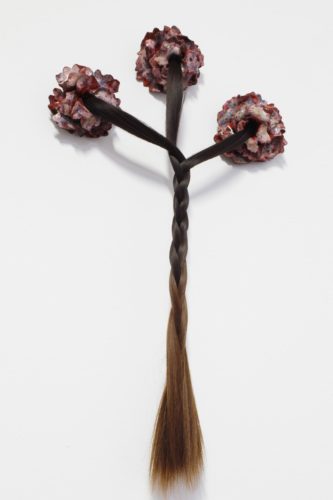
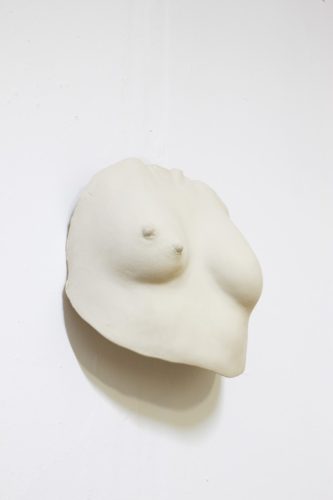

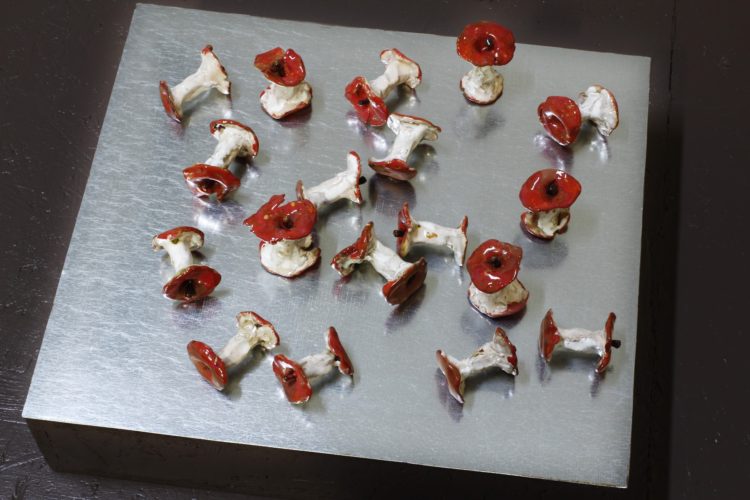
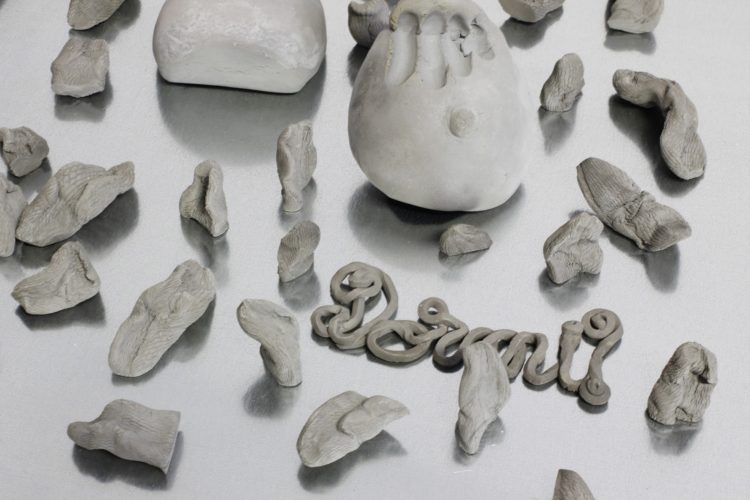
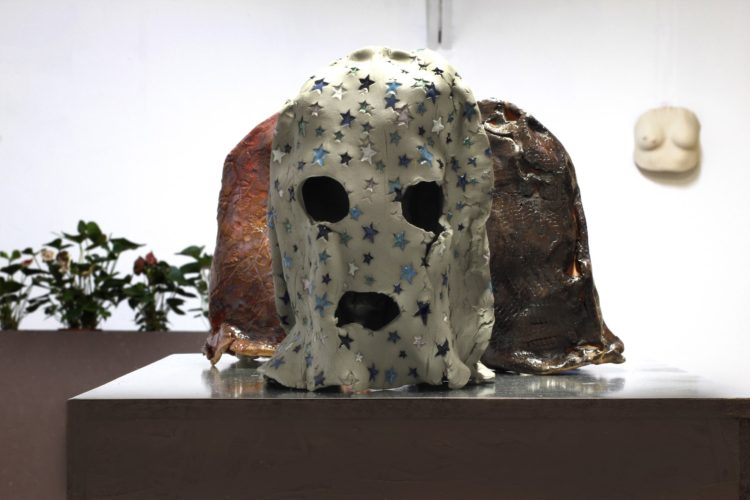
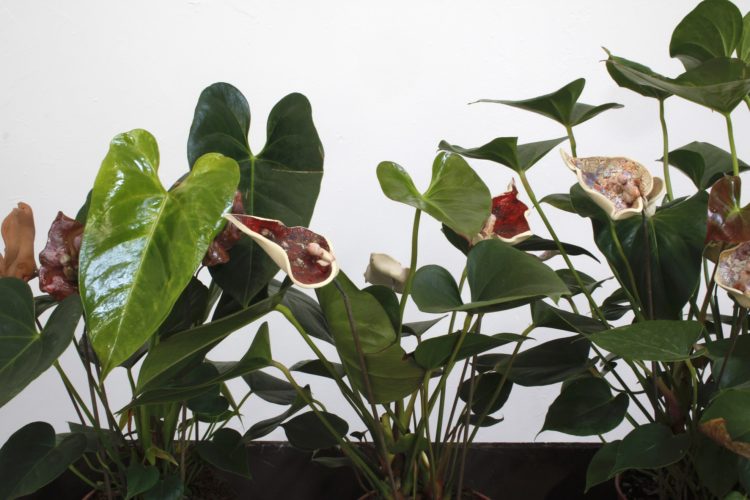
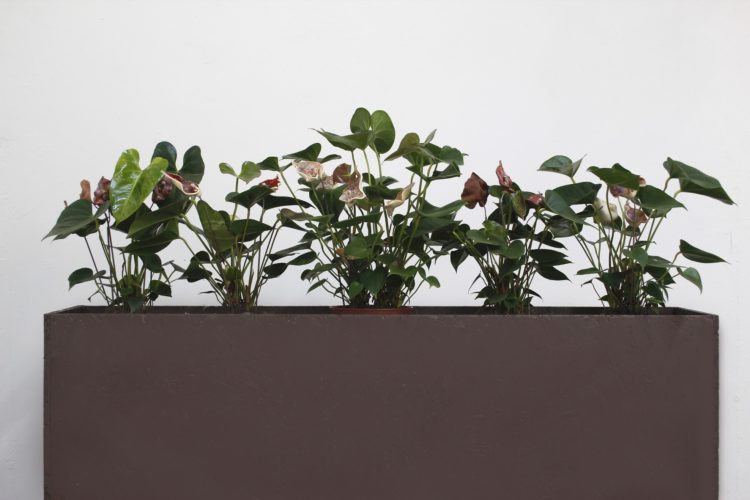
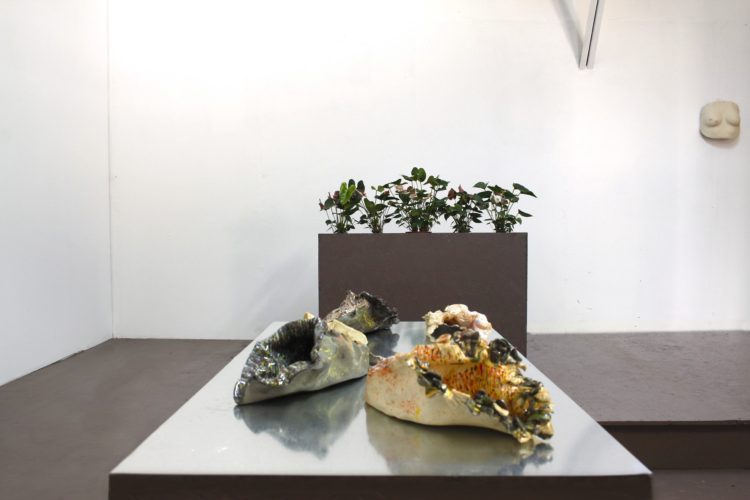
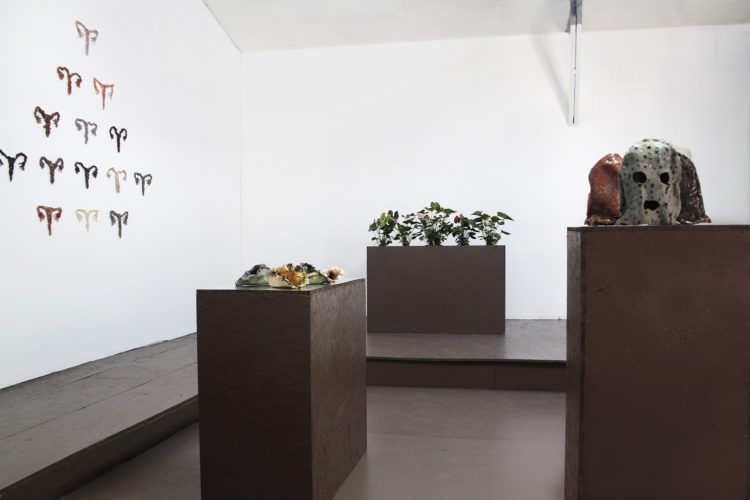

Comments are closed here.